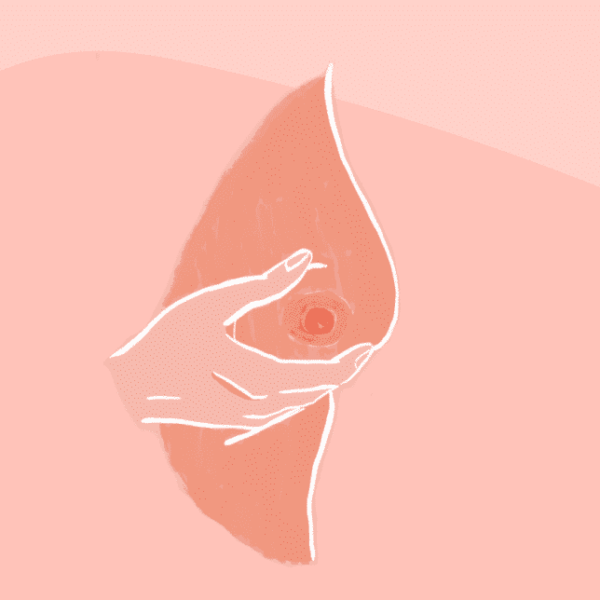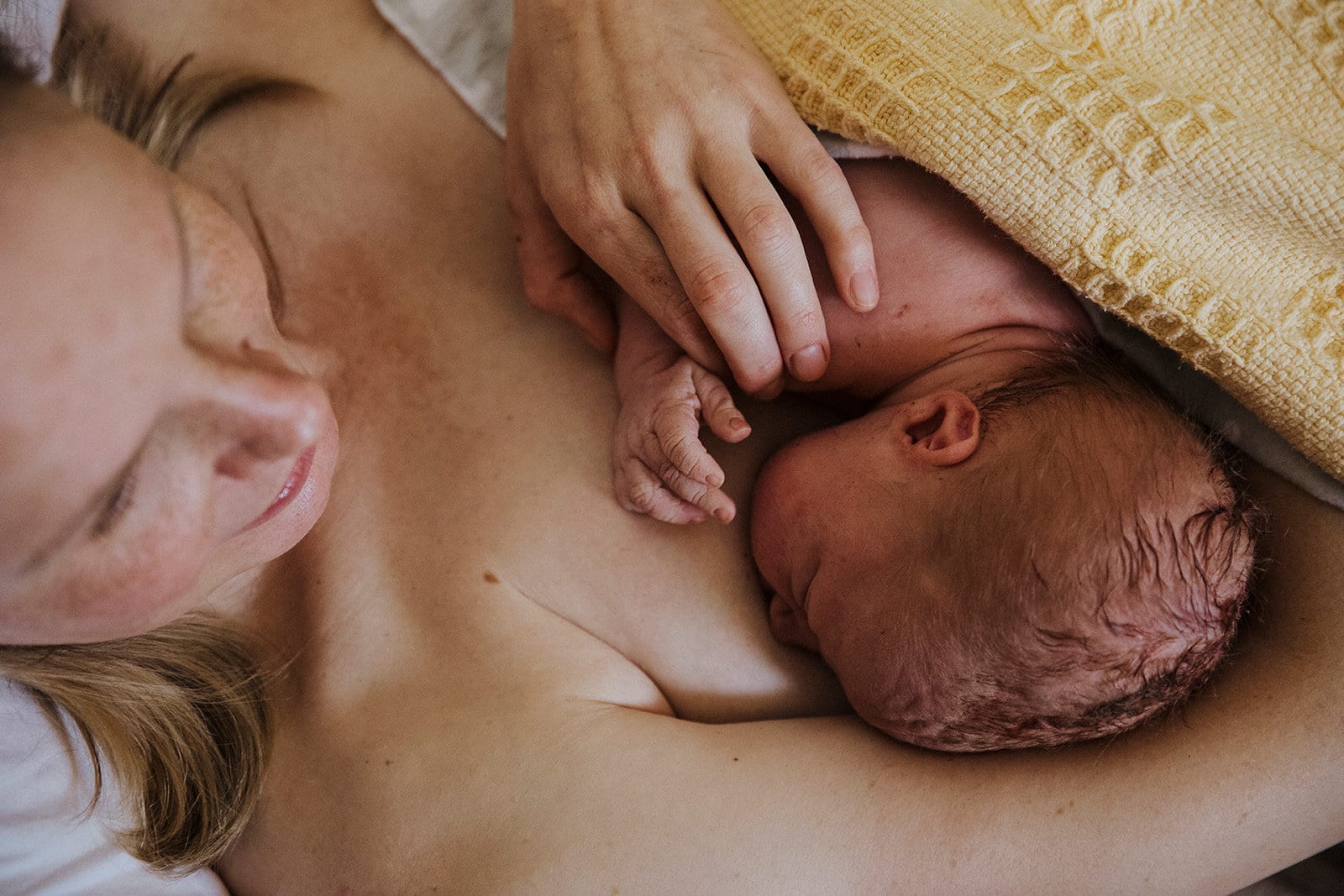Postpartum Cracked Nipples: Causes, Treatment and Prevention
Cracked Nipples: Causes, Treatment and Prevention
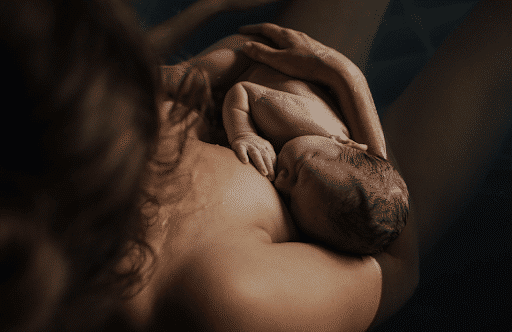
Sore, cracked and irritated nipples are a common symptom in the early days of breastfeeding. However, cracked nipples are usually a sign that your baby isn’t latching correctly. Because your baby will feed frequently in the first few days and weeks (expect to feed 8-12 times in a 24 hour period), sore nipples will get progressively worse unless you seek expert advice and guidance. This is vital as nipple pain is one of the reasons why new mothers stop breastfeeding earlier than they intended.
Breastfeeding shouldn’t hurt and if it is hurting, we highly recommend you seek guidance from an International Board Certified Lactation Consultant (IBCLC) either through the hospital you birthed in, your local community health centre or privately. Alternatively, if you feel like you need immediate help, the Australian Breastfeeding Association hotline – open 24/7 – is a great place to start. Phone: 1800 686 268
What causes sore nipples?
If your baby doesn’t latch well onto your breast, you will feel it. Even though data shows us that up to 80% of mothers experience pain in the early days and weeks of breastfeeding, pain also signifies that your baby isn’t latched correctly. When your baby constantly feeds and isn’t latched well (also known as a ‘shallow’ latch) your nipples will naturally become tender, sore and may crack, which can lead to bleeding and infection. This can complicate every feed because when you experience pain, your body will be tense and you’ll soon come to resent every feed.
When should I seek help?
As soon as you experience pain and that pain increases with each feed, you should seek help. In early postpartum this can be tricky, for the simple fact that you’re still in the intense birth recovery stage and likely sleep-deprived. However, the answer to any breastfeeding issues, including sore nipples and incorrect latch, is a lactation consultant. They are professionally trained and can educate you on how best to latch your baby and how to navigate discomfort and prevent pain.
How are cracked or bleeding nipples treated?
There is a lot of information out there regarding how to best treat sore nipples. There’s also an overwhelming number of ointments and creams that promise to fix the problem. However, lactation consultants generally advise keeping your nipples dry between feeds (moisture doesn’t allow healing to occur) and use the best antibacterial treatment there is: breastmilk. Ideally you should care for your nipples by:
- Keeping them dry between feeds : if you’re wearing breast pads change them regularly to avoid moisture holding against the skin. Better yet, spend some time with your top off (especially if you’re in bed and can practise some lovely skin to skin at the same time).
- Applying an antibacterial liquid : for mild nipple trauma, apply breast milk after every feed and let it air dry to assist with soothing and healing. For more serious cracks, a simple salt rinse from the pharmacy will definitely help.
- Using a barrier product : silverettes (also known as silver shields) are a relatively new product but most lactation consultants swear by them. They’re not cheap (expect to pay close to $100/pair) but they provide a barrier between your nipple and your bra so there’s no friction between feeds. Made from silver that’s naturally antibacterial and antimicrobial, they’re a great long term and sustainable option that dries and protects the nipple so it can heal. However, if you’re leaking milk between feeds (highly likely), you don’t want the milk to stay in the silverette as it undermines the purpose of the protective barrier in the first place.
How can nipple problems be prevented?
A good latch! Many mothers believe they need to lead the baby to the breast but given the opportunity, your baby (if full-term and healthy) will latch by themselves. This is called ‘baby-led attachment’. It’s best achieved if you’re in a semi-reclined position and your baby feels really supported; you’re arms are around your baby so they feel secure and won’t ‘fall-away’ from the breast.
A good latch means your baby is connected to your breast at three points of contact:
- Cheeks : your baby’s cheeks are pressed gently yet firmly into the breast so you can’t see the areola.
- Nose : your baby’s nose is flush against the breast (babies breathe out the side of the nostril). If you’re concerned about your baby’s breathing while feeding, pay attention to their chest rising and falling and listen to both breathing and swallowing sounds.
- Chin : The chin should be buried into the breast. The chin and jaw do most of the sucking work. Tucking your baby’s chin with their body allows the nostrils space from the breast.
Your baby will stay connected to the breast if they’re supported so make sure you hold their body snug against yours.
Aligning your baby’s mouth over your nipple allows them to instinctively suction the nipple into their mouth; with each suck, your baby will vacuum the nipple deeper into their mouth. The deeper the nipple, the more comfortable the latch.
Before Breastfeeding
Your comfort is a priority and will ultimately influence your baby’s comfort, too. Before a breastfeed make sure you’ve gone to the toilet, you feel comfortable and physically supported and you’ve got a bottle of water and a snack within reach. It can be helpful to roll your shoulders down a few times and take a few deep breaths, so you’re letting go of any obvious tension.
It’s really important to observe your baby and respond to their ‘feeding cues’ because it’s much easier to latch a baby if they’re not ravenous and upset.
Feeding cues are separated into three categories (ideally you want to latch your baby when they start displaying ‘early’ cues):
- Early cues: opening the mouth, turning their head to try and find the nipple, licking their lips and making sucking sounds
- Later cues: starting to wriggle, get louder and put their hands in their mouth
- Late cues: crying, fussing and squirming
Complications of nipple problems
Cracked nipples can quickly lead to mastitis which is inflammation of the breast tissue. It presents as a red, hot lump in the breast and is accompanied by severe flu-like symptoms (and the feeling that you’ve been hit by a truck). Early treatment is essential so if you think you may be developing mastitis, present to the emergency department of your local hospital or call your local GP immediately (and tell the receptionist you’ve got mastitis).
Access the FREE Mastitis information sheet, HERE
Categories
Related Products
-
Breastfeeding Guide
3 reviews$19.95A guide to inspire pregnant women to prepare for their breastfeeding journey.
Get your copy of our Perineal Massage Guide in your inbox
Keep Reading
We think you might enjoy these articles
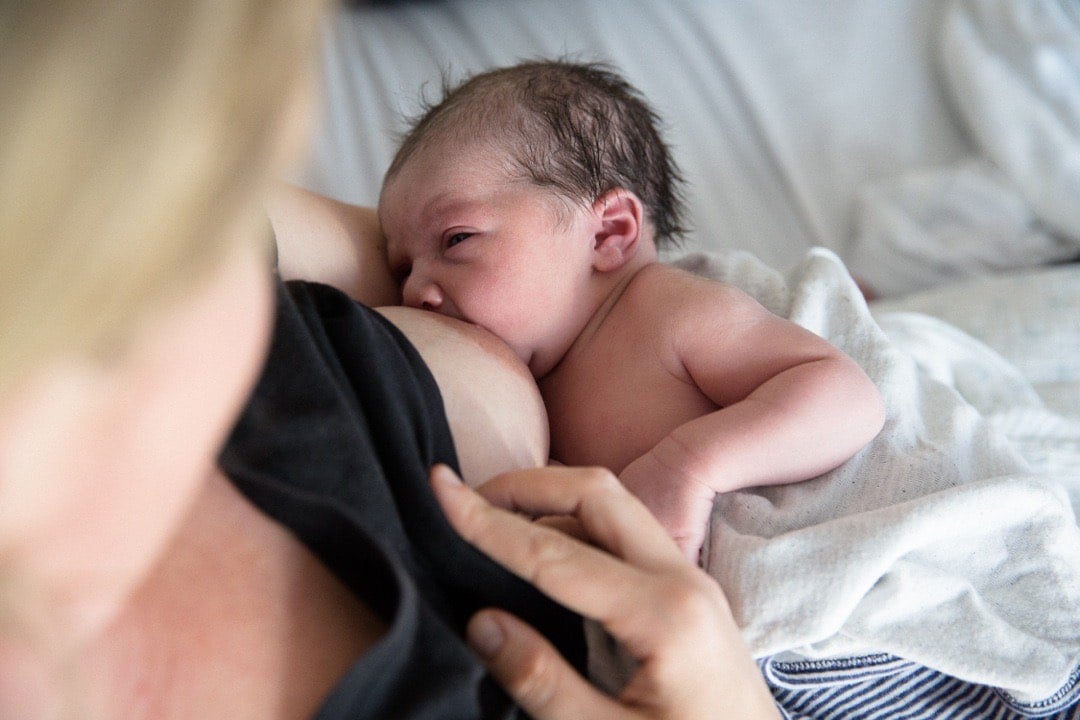
Breastfeeding: What to Expect in the First 72 Hours

Why planning for postpartum is just as important as planning for birth – and how to do it right

Cracked Nipples: Causes, Treatment and Prevention

Caesarean Birth Recovery
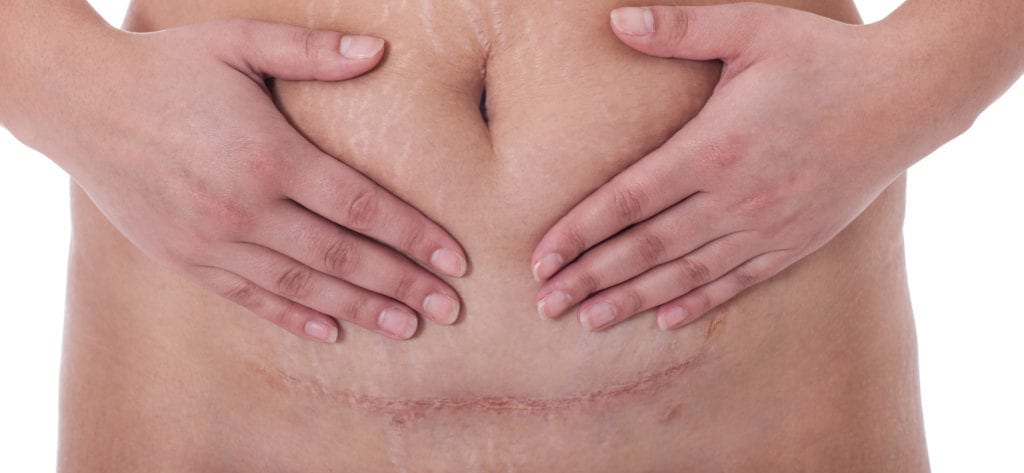
What is a C-Section Shelf?
@AustralianBirthStories
Follow along with us
@AustralianBirthStories
Follow along with us
@AustralianBirthStories
Follow along with us
@AustralianBirthStories
Follow along with us
@AustralianBirthStories
Follow along with us
@AustralianBirthStories
Follow along with us
@AustralianBirthStories
Follow along with us
@AustralianBirthStories
Follow along with us
@AustralianBirthStories
Follow along with us
@AustralianBirthStories
Follow along with us
@AustralianBirthStories
Follow along with us
@AustralianBirthStories
Follow along with us
